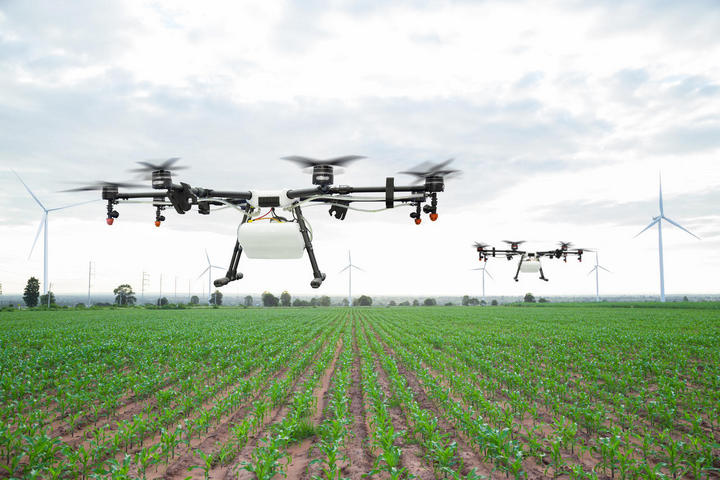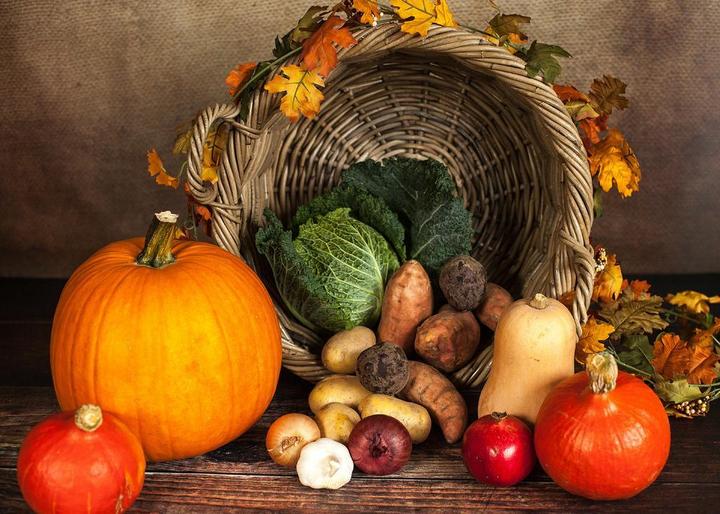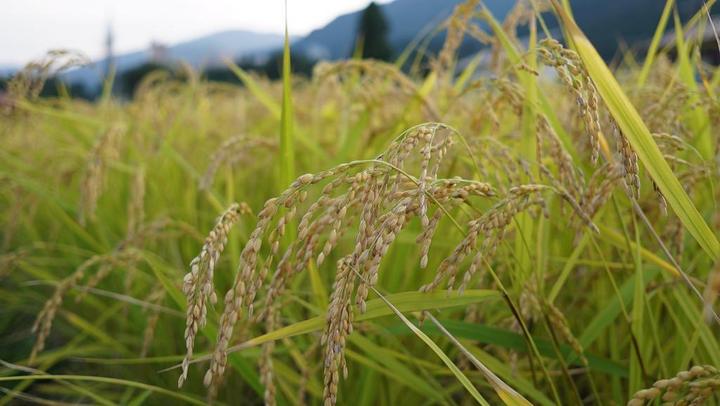


1、 Technical Overview1. Basic technical situation: With the adjustment of corn production structure and mode in China, the planting area of fresh corn is rapidly expanding. However, blind planting, improper selection of varieties, and lack of supporting technologies in the production of fresh corn have become increasingly prominent issues. In response to the above issues, a green, high-quality and efficient production technology for fresh corn has been integrated, which focuses on selecting improved varieties, isolating planting, fine sowing, reasonable density, scientific fertilization, green prevention and control, and timely harvesting. Highlight green and high-quality products, pay attention to product quality and market recognition; The core is to determine seeds based on demand, production based on sales, precise planting, and timely harvesting, emphasizing the effective connection of the industrial chain, as well as the silage value of post production storage, transportation, preservation, and straw utilization. It emphasizes environmental friendliness and comprehensive efficiency improvement, which has a good guiding and promoting effect on the production of fresh corn.2. Technology Demonstration and Promotion: Currently, this technology has been demonstrated and applied in multiple major fresh corn production areas across the country, and meets the current requirements for improving quality, efficiency, and green sustainable production, with broad application prospects.3. Improvement of quality and efficiency: The green, high-quality and efficient production technology for fresh corn can achieve a yield of about 1000 kilograms of fresh fruit per mu, with an output value of about 2000 yuan per mu. This can increase the output value of about 1000 yuan per mu compared to planting grain corn in the field, and also significantly increase efficiency compared to general fresh corn planting.4. Technology Awards: Scientific and technological achievements centered around this technology have won the second prize of the China Agricultural Science and Technology Award and the third prize of the Beijing Science and Technology Award.2、 Technical points1. Select excellent varieties and seeds according to production and market demand, and scientifically select excellent varieties and seeds.Select varieties that have passed national or provincial certification, and have been widely planted for many years and have obtained production inspection and market recognition.2. The suitable harvest period for order production, planned planting, phased sowing, and staggered listing of fresh corn is relatively short. To reduce planting risks and improve planting efficiency, production should be determined based on sales, and the planting area should be determined according to market expectations or processing needs to achieve order production and prevent blindly following the trend of large-scale planting. According to the market and processing needs, open field cultivation, film mulching cultivation, greenhouse facility cultivation and other planting methods can be flexibly used in combination with the actual situation, sowing by stages, and listing in wrong time.3. Pay attention to isolation and avoid the impact of skewering on the quality and taste of fresh corn, which is a crucial indicator to measure. To prevent the spread of flour and ensure that the quality of fresh corn is not affected by external factors, spatial or temporal isolation should be carried out when planting fresh corn. Space isolation: Barrier isolation can be achieved through mountains, forests, houses, etc. When planting in plain areas without obstacles, there should be a isolation zone of over 200 meters; It is also possible to adopt time isolation and stagger the flowering period with other types of corn. Generally, sowing at intervals of about 25 days can avoid cross pollination with other types of corn.4. Fine soil preparation and sowing, ensuring that the seedlings are neat, complete, and strong before sowing, and determining the appropriate sowing date based on the natural climate and soil conditions in different regions. Seed with sufficient moisture and precision, around 1 kilogram per acre. The soil should not be too deep, and it is suitable to sow at a depth of 2-3 centimeters to ensure complete, even, and strong seedlings.5. Reasonable density and proper thinning of fresh corn is mainly to harvest fresh ears in the milk ripening period. The size, uniformity and uniformity of ears are important factors that affect their grade rate, marketability and market price. Therefore, the planting density should not be too large. Generally, 3000~3500 plants per mu is appropriate to ensure large and even ears and improve the marketability of ears.6. Scientifically fertilize and water, improve quality. Scientifically manage fertilizer and water according to variety characteristics and growth and development laws. Sowing with appropriate moisture content to ensure the quality of sowing and emergence, and improve the uniformity of the population. To ensure quality, attention should be paid to the use of organic or farmyard fertilizers. Pay attention to the isolation of seeds and fertilizers during sowing. During the small bell mouth stage and silking stage, appropriate topdressing should be applied according to the growth of the plant. If the soil moisture is insufficient in the middle stage of growth, especially within 20 days before and after pollination, it is necessary to replenish water in a timely manner to ensure yield and quality. Avoid serious impacts on the quality of fruit ears due to insufficient water and fertilizer, such as bald spots and shrunken grains.7. Green prevention and control: Select excellent varieties that are resistant to diseases and pests, use high-quality coated seeds, and use green safety prevention and control technologies such as trichogramma and Bt inoculants. It is strictly prohibited to use high toxicity and high residue pesticides, especially within 15 days before harvesting.8. The appropriate harvesting period for timely harvesting is usually 20-25 days after pollination for glutinous corn, and 18-23 days after pollination for sweet corn. Sweet and glutinous corn is between the two, but it may vary depending on different varieties and planting seasons. After pollination, the purchaser should be contacted in a timely manner, a pre-sale plan should be made in advance, and attention should be paid to observing the progress of grain filling and timely harvesting to avoid affecting the quality.9. Postharvest processing generally involves harvesting in the early morning or when the temperature is low, and promptly selling or processing after harvesting. For long-distance transportation of fresh goods, measures such as cooling and pre cooling must be taken before transportation, and cold chain storage and preservation must be maintained.10. Straw utilization: Fresh corn straw has good nutritional value and is a high-quality feed for herbivorous livestock such as cattle and sheep. After ear picking, straw can be kept in the ground for about a week. Photosynthate can increase the sugar content in stems and leaves, and improve the nutritional value of silage.3、 Suitable areaSuitable for fresh corn production areas across the country.4、 PrecautionsDuring the production of fresh corn, the use of highly toxic and residual pesticides is strictly prohibited, especially spraying pesticides within 15 days before harvesting to ensure food safety.

没有reply内容